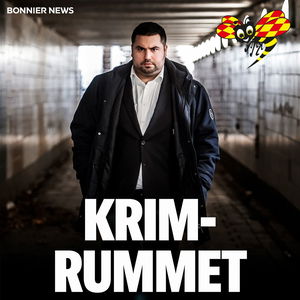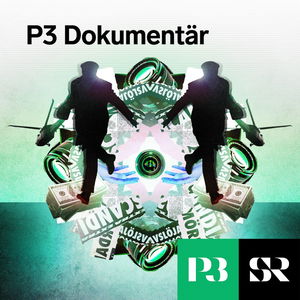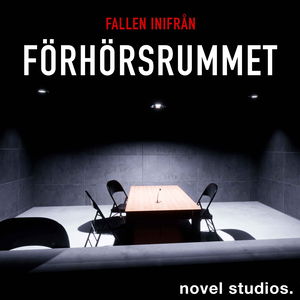This is part 2 or our 2-part interview focused on training of Special Operations Battalions and Groups at the Mission Command Training Program (MCTP), how MCTP augments the Combat Training Centers (CTCs), and the differences between Warfighters and Training Centers. During specific rotations at the National Training Center (NTC) and Joint Readiness Training Center (JRTC) the Army shifts its focus from Brigade Combat Teams to Divisions or Special Forces Groups as the main training audience. These rotations demonstrate the difference between a computer exercise and real in the dirt training allowing Division and Group staffs to experience the challenging and realistic training that comes with maneuvering a large force over a large area against a free-thinking opposition force.
About the Guests:
LTC Ben Shumaker: From his upbringing in South Dakota went through ROTC to join the Army and see the world. Commissioned as a Chemical Officer and deployed in the invasion of Iraq prior to becoming a Special Forces Officer in 5th SFG. Multiple operational deployments with conventional and SOF primarily in CENTCOM.
MAJ Frank Schwandt: From Missouri enlisted in the Army Reserves while in high school as a Military Police Officer then entered college and participated in ROTC. Commissioned as an Armor Officer and transitioned to Civil Affairs. He has multiple SOF deployments to EUCOM.
About the Host:
CPT Weston Rich is a member of SOF Plans at the NTC and former member of Burro Team, the Special Operations Training Detachment OC/T Team at NTC. Prior to his time at NTC, Weston served as a Detachment Commander with 1st SFG (A) and as an Infantry Officer with 3-509th IN (ABN)/4/25 ID (now part of 2/11 ABN DIV). Following his time at NTC, Weston will attend Carnegie Mellon University with a follow-on assignment to Army Futures Command.
This episode covers:
- Does an SF BN (SOTF) with a Conventional Division, is that the right match up?
- Large Scale Combat vs Global War on Terror; SOF enables Conventional/Joint Force versus the other way around; coordination authorities and need for synchronization of efforts and effects, no captain chaos
- Risk calculation/ mitigation will be different in LSCO
- Warfighters and CTCs are limited in the battle space and operational environment, whereas a real conflict there will be operations or potential influence outside of the conflict zone(s) and in third party countries – deterrence or influence operations
- SOF is looking further in the physical domain (battlefield geometry) and in time
- SOF has been in the operational area prior to conflict breaking out, there will reporting from prior to conflict there will be known personalities
- CTCs provide real training challenges that warfighters don’t have; for example equpiment breaking down
- AOB serving as a sustainment node rather than a mission command node to enables detachments, detachments may have direct communication with the SOTF or CJSOTF for mission approval
- Division is the future fighting unit of the conventional Army; Brigades will be more mobile and agile
- decision making process = MDMP doctrinally, in stride while receiving indirect fires, assume any maneuver element may never come back up on comms
- time, resource you cannot get more of, everything using the time resource
- sleep is a weapon
- know SOF history and doctrine
Please like, subscribe, and share these episodes with ARSOF any conventional Soldiers and Leaders to spread the knowledge of ARSOF in LSCO.
To provide feedback please email the host, CPT Rich, at weston.rich@socom.mil.
Produced, edited, and sound engineering by Micah Popp of Salty Sounds











